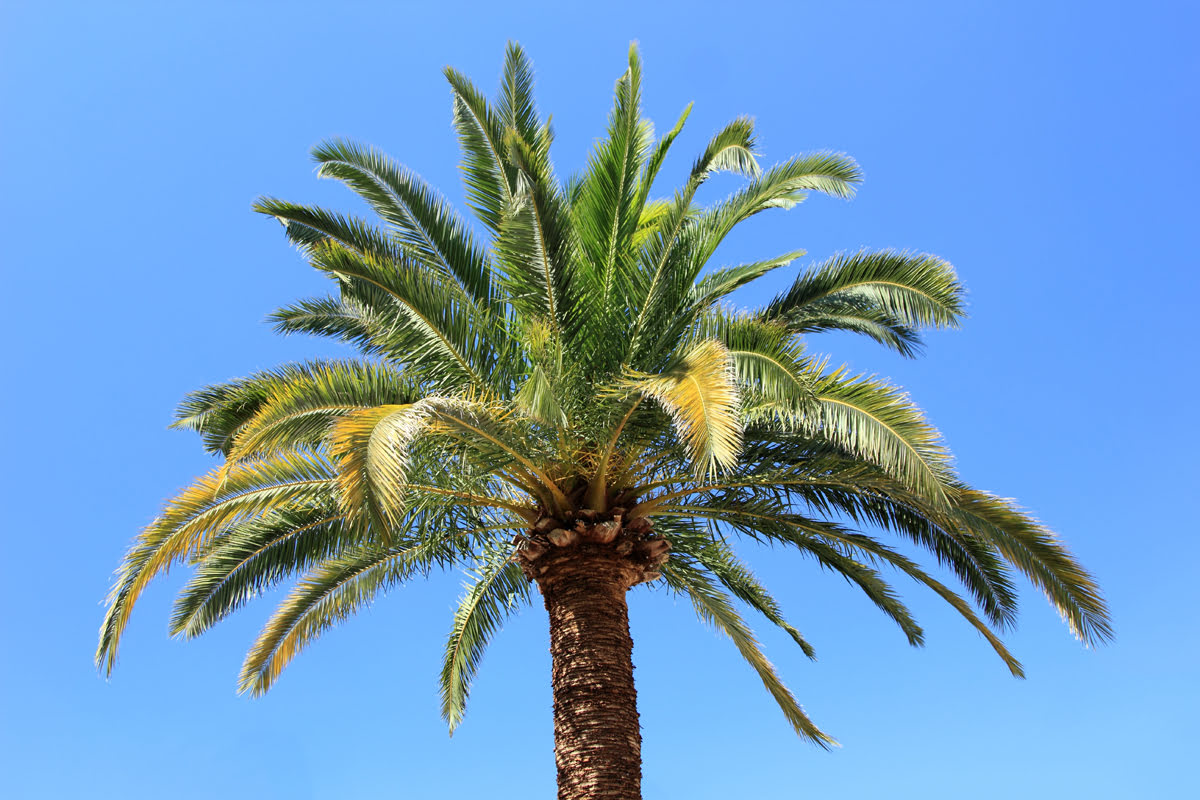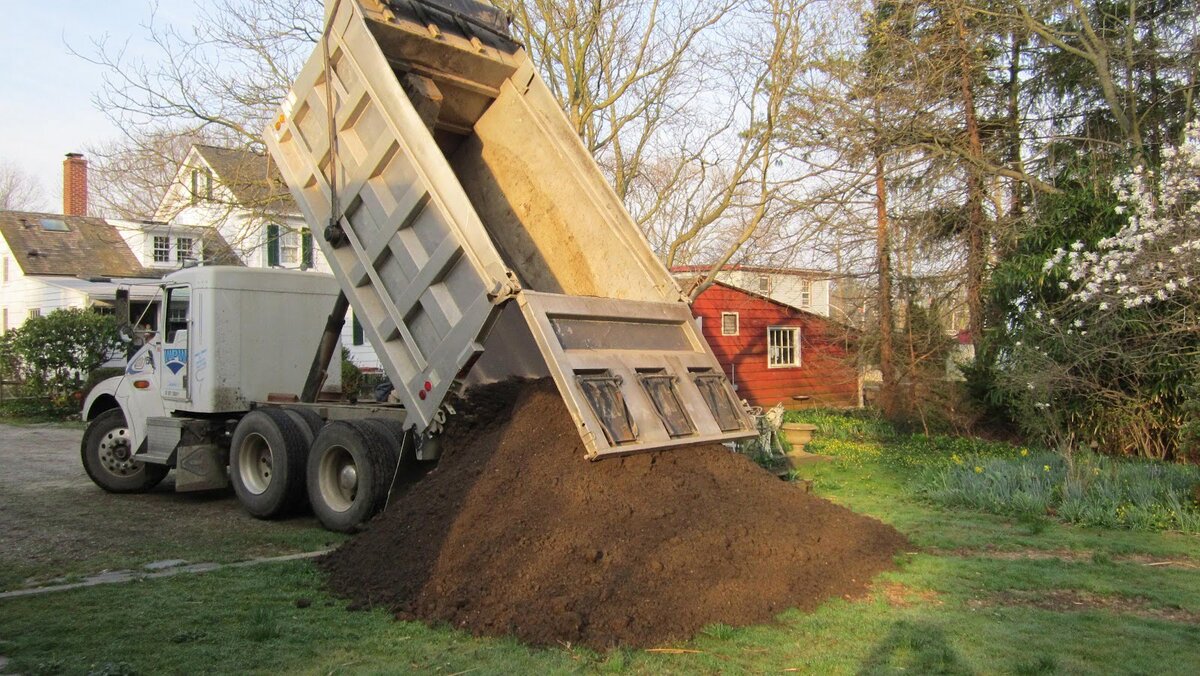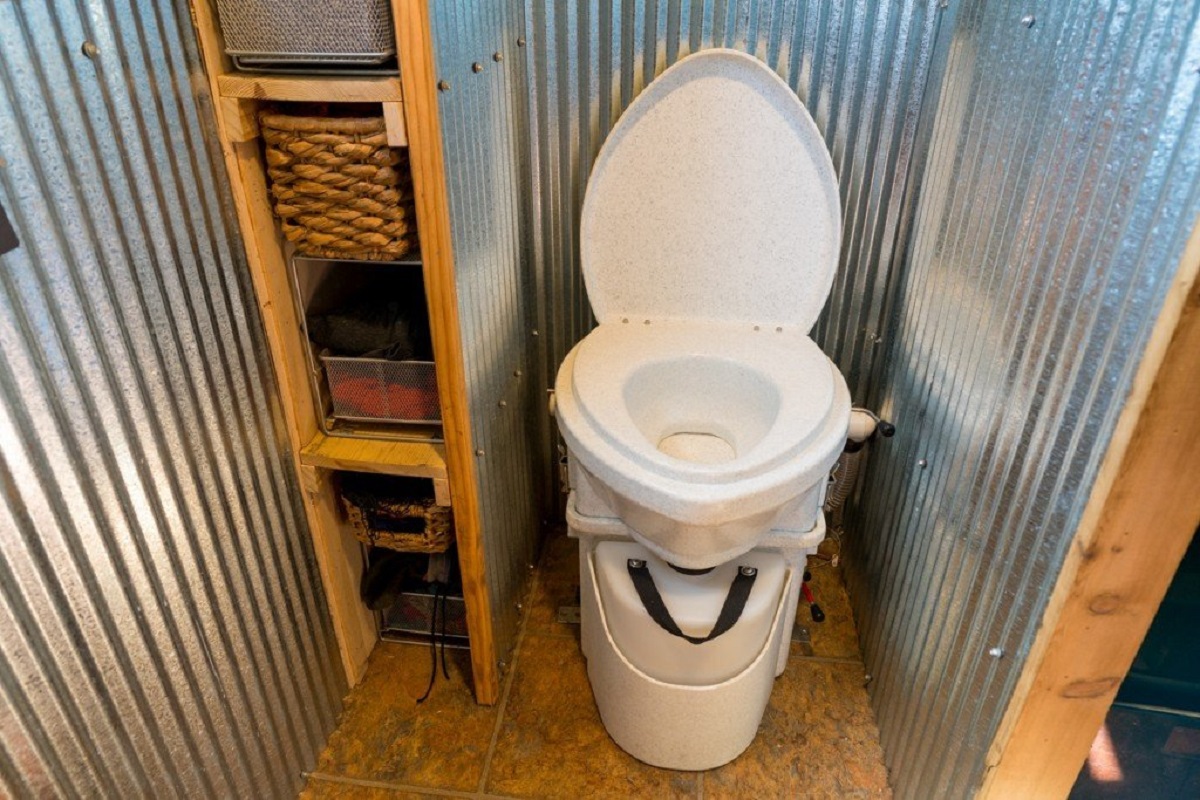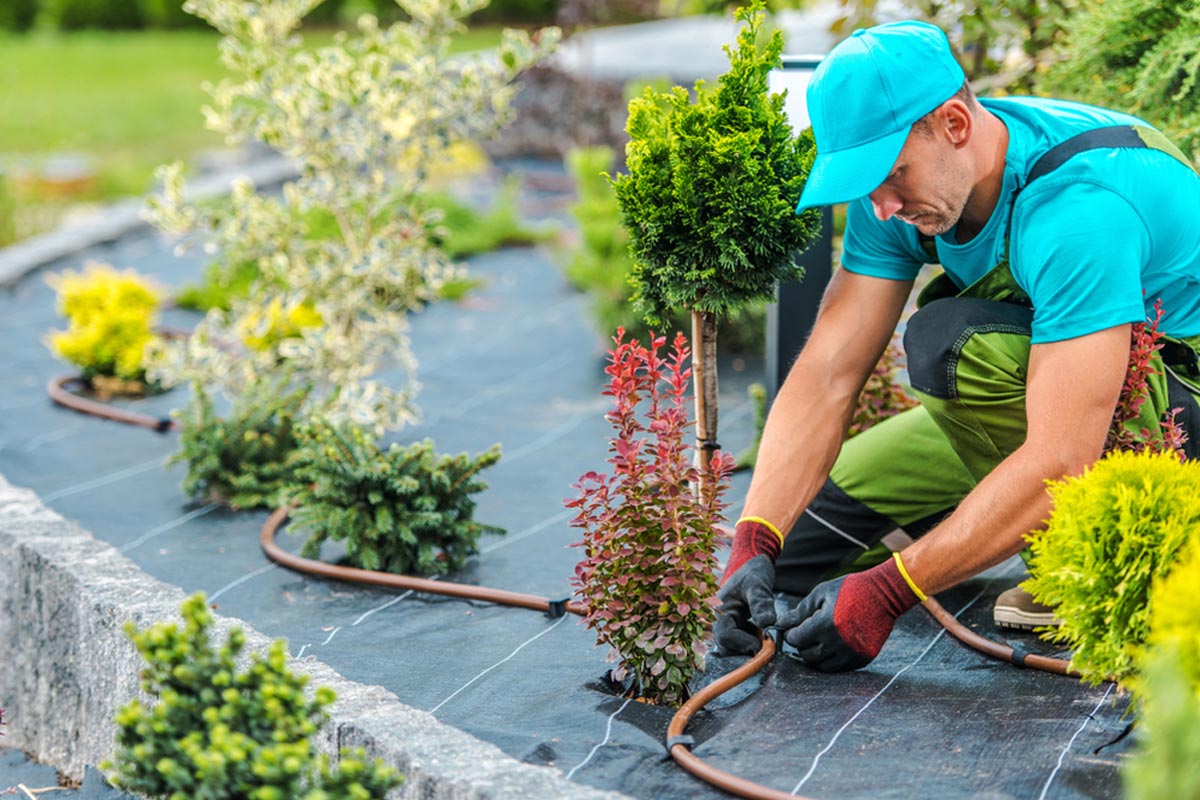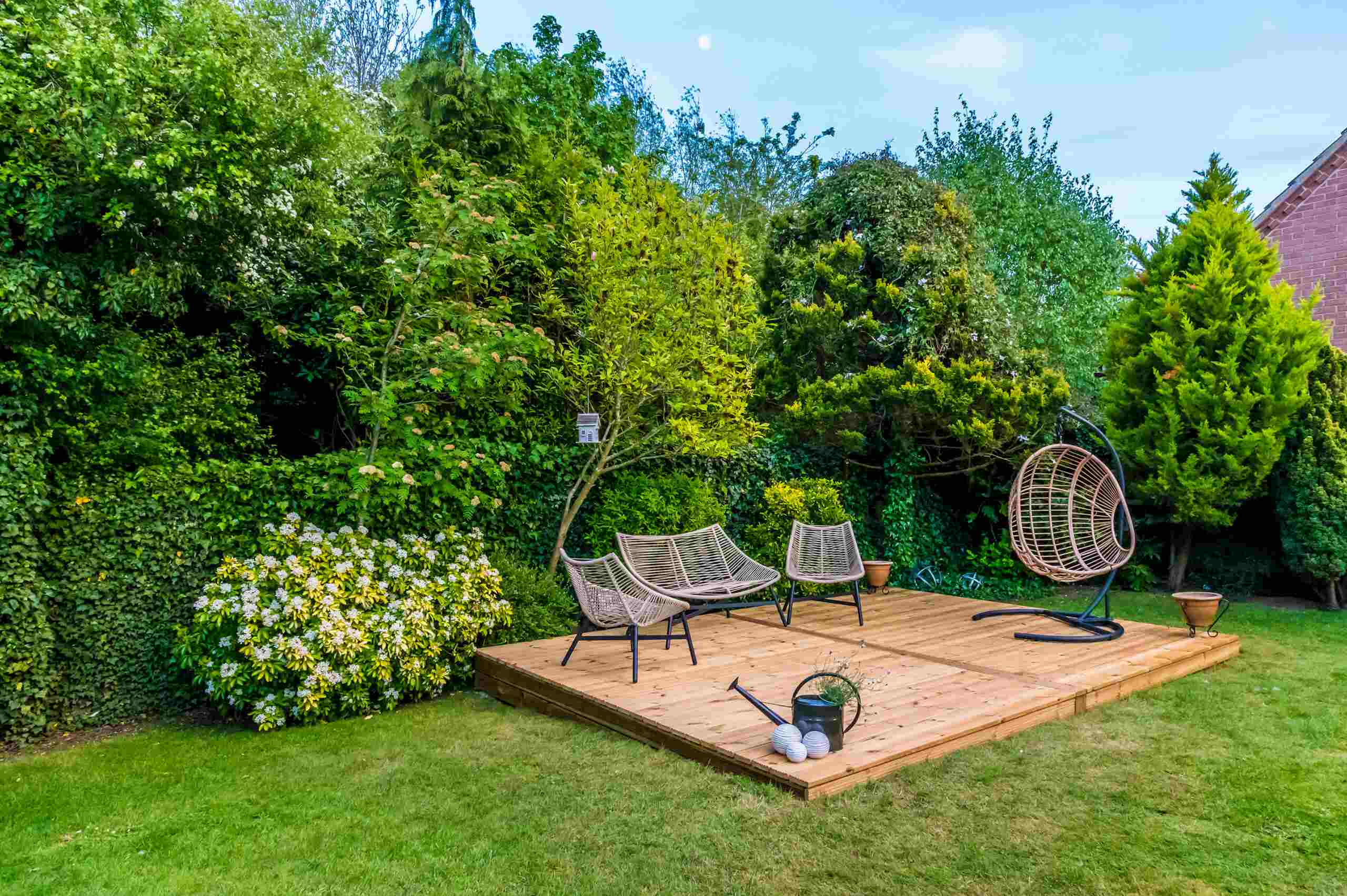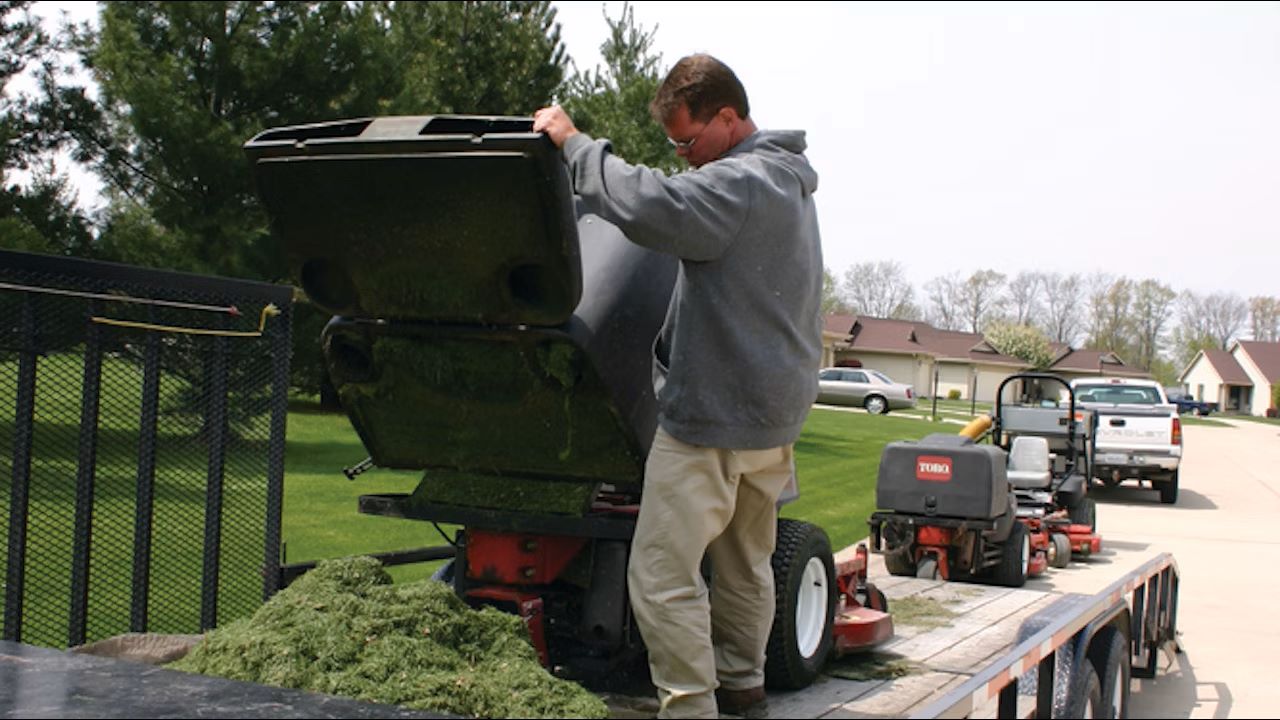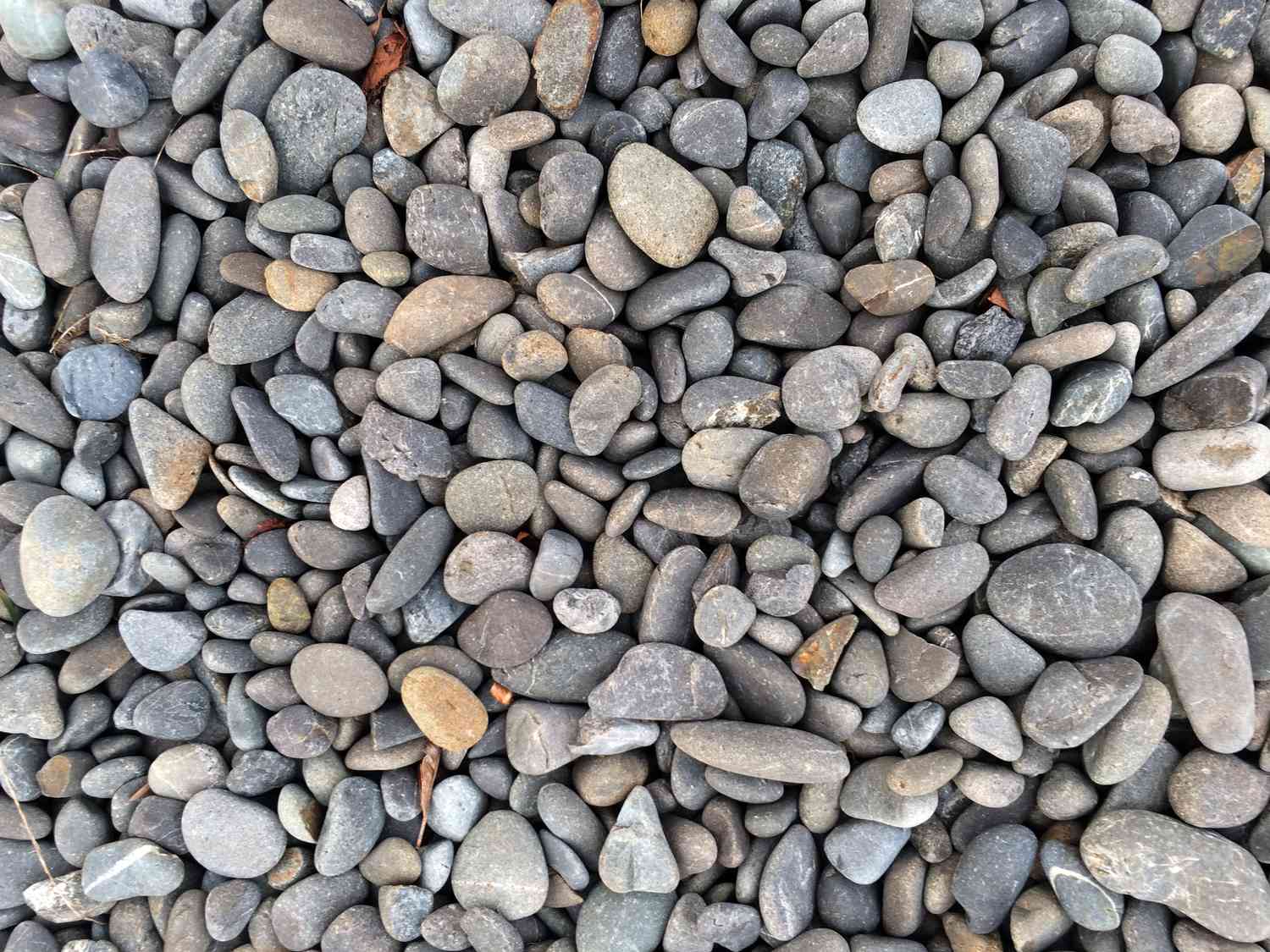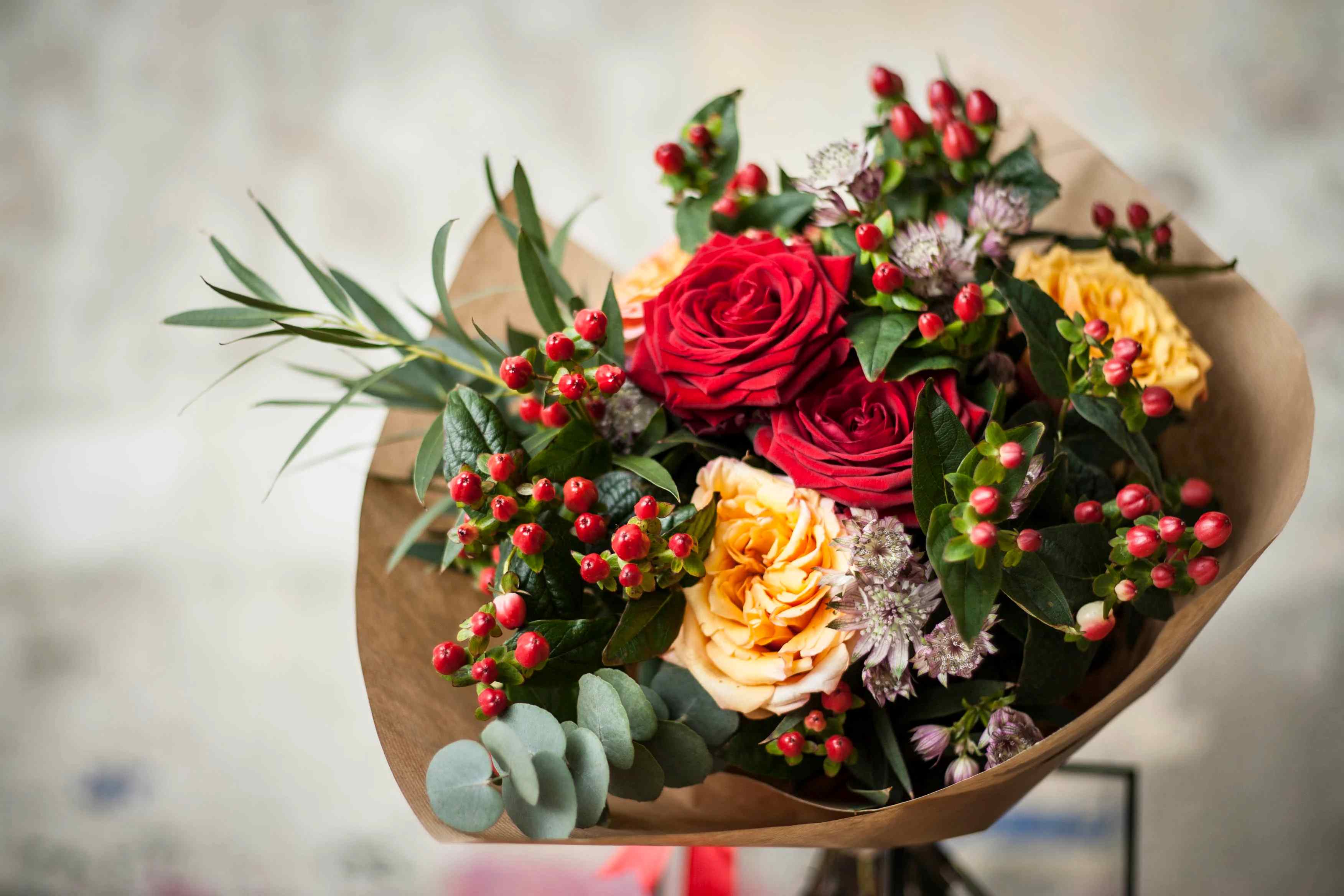Home>Garden Design>Planning Your Garden>How Much Does Drought Tolerant Landscaping Cost
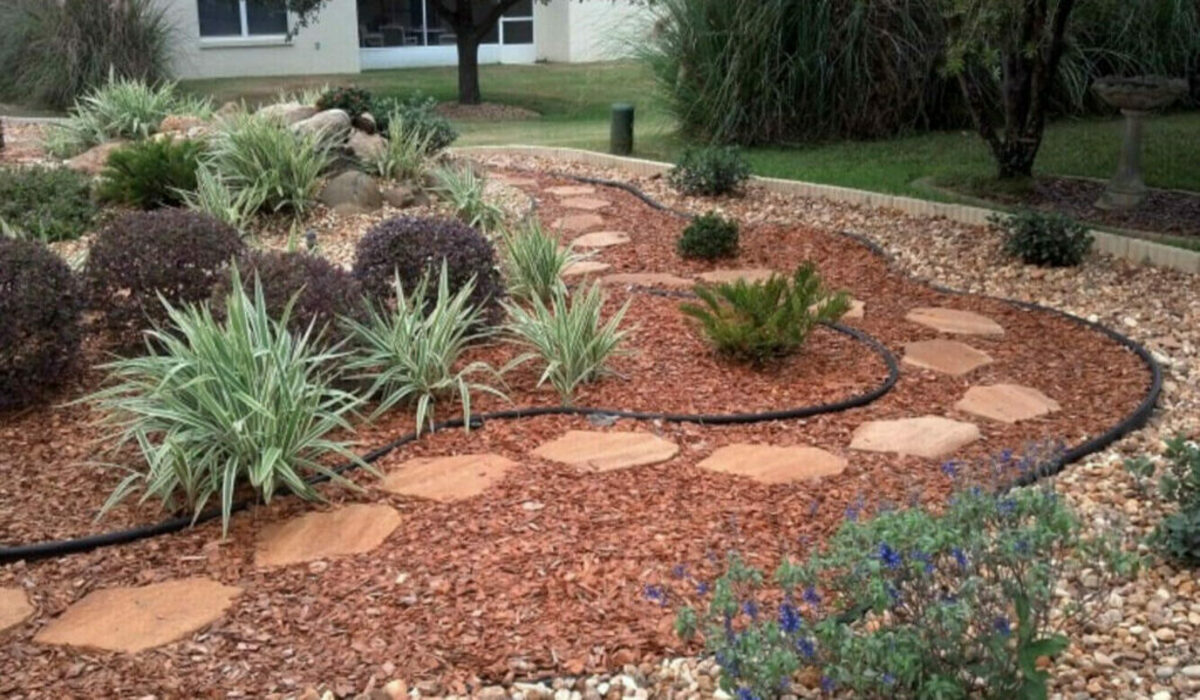

Planning Your Garden
How Much Does Drought Tolerant Landscaping Cost
Modified: January 22, 2024
Looking to plan your garden with drought tolerant landscaping? Find out the cost and benefits of creating a sustainable outdoor space.
(Many of the links in this article redirect to a specific reviewed product. Your purchase of these products through affiliate links helps to generate commission for Chicagolandgardening.com, at no extra cost. Learn more)
Table of Contents
Introduction
Welcome to the world of drought tolerant landscaping — a sustainable and environmentally-friendly approach to gardening that can transform your outdoor space into a thriving oasis while conserving water. In today’s era of climate change and water scarcity, planning and creating a drought tolerant garden has become more important than ever before.
Drought tolerant landscaping involves designing and maintaining a garden that can withstand periods of limited water supply. By selecting plants that have adapted to arid conditions and implementing water-saving techniques such as drip irrigation and mulching, you can significantly reduce your outdoor water usage without compromising the beauty and functionality of your garden.
Aside from its positive environmental impact, drought tolerant landscaping also offers a myriad of benefits for homeowners. By reducing water consumption, you can save money on your utility bills and potentially qualify for rebates or incentives offered by local governments or water agencies. Additionally, these types of gardens require less maintenance and are more resilient to disease, pests, and extreme weather conditions, making them a practical choice for time-strapped homeowners who still want to enjoy a lush and vibrant outdoor space.
While drought tolerant landscaping may seem like an enticing option, many people are often deterred by the perceived cost associated with it. In reality, the cost of creating a drought tolerant garden can vary depending on several factors, including the size of the area, the types of plants chosen, the installation method, and whether you opt for a DIY approach or enlist the help of professionals.
In this article, we will delve into the topic of drought tolerant landscaping costs and provide you with a comprehensive guide to help you plan and budget for your own water-saving garden. From the cost of drought tolerant plants and drip irrigation systems to mulch and soil amendments, we will explore the various factors that can influence the overall expense.
Whether you’re looking to upgrade your existing garden or starting from scratch, this article will equip you with the knowledge and insights you need to embark on your drought tolerant landscaping journey.
Benefits of Drought Tolerant Landscaping
Drought tolerant landscaping offers a wide range of benefits that go beyond just water conservation. By embracing this sustainable gardening approach, you can enjoy the following advantages:
- Water Conservation: One of the foremost benefits of drought tolerant landscaping is its ability to significantly reduce water usage. Drought tolerant plants are naturally adapted to thrive in arid conditions, meaning they require less water to flourish. By embracing these water-wise plants and implementing water-saving techniques such as drip irrigation, you can conserve a precious resource and contribute to sustainable water management.
- Cost Savings: By reducing your outdoor water consumption, you can enjoy substantial cost savings on your monthly utility bills. Depending on the size of your garden and the extent of your water conservation measures, these savings can add up over time. Additionally, some regions offer rebates or incentives for homeowners who adopt water-wise landscaping practices.
- Low Maintenance: Drought tolerant plants are typically hardy and resilient, requiring less maintenance compared to traditional gardens. These plants have evolved to withstand dry conditions, making them more resistant to diseases, pests, and extreme weather events. With a drought tolerant garden, you can spend less time and effort on watering, fertilizing, and mowing, allowing you to enjoy your outdoor space without the constant upkeep.
- Increased Property Value: A thoughtfully-designed and well-maintained drought tolerant landscape can boost the curb appeal and value of your property. As sustainability and water conservation become more important considerations for homebuyers, a beautifully landscaped garden that requires less water can be a significant selling point. This can make your property more attractive to potential buyers in the future.
- Habitat Creation: Drought tolerant gardens can provide a habitat for a variety of wildlife, including birds, butterflies, and beneficial insects. By incorporating native plants into your landscaping, you can attract these creatures and contribute to the preservation of local ecosystems. This creates a harmonious balance in your garden, fostering biodiversity and bringing a sense of natural beauty.
- Environmental Benefits: In addition to conserving water, drought tolerant landscaping offers several environmental benefits. By reducing the need for synthetic fertilizers and pesticides, you can minimize the impact of harmful chemicals on the ecosystem. Furthermore, these gardens help combat climate change by sequestering carbon dioxide and reducing the heat island effect in urban areas.
With all these benefits in mind, it’s clear that drought tolerant landscaping is a wise investment for both your wallet and the environment. By embracing this sustainable gardening approach, you can create a beautiful outdoor space that conserves water, saves money, requires less maintenance, and contributes to a healthier planet.
Factors Affecting Cost
Several factors influence the overall cost of implementing a drought tolerant landscaping project. Understanding these factors will help you plan and budget effectively. Here are the key factors that can affect the cost:
- Size of the Area: The size of your outdoor space is a significant factor in determining the overall cost. Larger areas will require more plants, mulch, and potentially a more extensive irrigation system. Additionally, the labor and time required to install and maintain a larger area will also impact the cost.
- Types of Plants: The choice of plants can vary greatly in cost. Native drought tolerant plants are generally more affordable since they are adapted to the local climate and require minimal maintenance. However, exotic or rare species may come at a higher price. It’s important to select plants that are suitable for your specific region and climate to ensure their success and minimize the risk of additional expenses.
- Irrigation System: Drip irrigation systems are commonly used in drought tolerant landscapes as they deliver water directly to the plant’s root zone, minimizing waste. The cost of the irrigation system will depend on the size of the area, the number of plants, and the complexity of the installation. It’s recommended to consult with professionals or do thorough research to determine the most efficient and cost-effective irrigation system for your garden.
- Mulch and Soil Amendments: Mulch and soil amendments are essential components of drought tolerant gardens. They help retain moisture, suppress weeds, and improve the overall health of the soil. Depending on the type and quantity of mulch and soil amendments chosen, the cost can vary. Organic mulches, such as wood chips or straw, may be more expensive upfront but provide long-term benefits for soil fertility.
- Professional Installation: Hiring professionals for the design and installation of your drought tolerant landscape can incur additional costs. The expertise and experience of professionals can ensure the success and longevity of your garden but may come at a higher price. It’s important to get quotes from multiple contractors and thoroughly evaluate their credentials and past projects before making a decision.
- DIY Approach: Opting for a DIY approach can save on labor costs but requires more time, effort, and knowledge. If you have the necessary skills and enjoy gardening, this can be a cost-effective option. However, keep in mind that mistakes or lack of experience may lead to additional expenses in the long run. Proper planning, research, and learning from reliable sources are crucial for DIY projects.
By considering these factors, you can estimate the expenses associated with your drought tolerant landscaping project. It’s important to strike a balance between your budget, the desired outcomes, and the long-term benefits of creating an eco-friendly and sustainable outdoor space.
Types of Drought Tolerant Landscaping
Drought tolerant landscaping offers a wide range of options when it comes to transforming your outdoor space into a water-efficient and visually appealing garden. Here are some popular types of drought tolerant landscaping:
- Xeriscaping: Xeriscaping is a landscaping method that focuses on minimizing water usage through the use of drought tolerant plants, efficient irrigation systems, and strategic design. This approach emphasizes selecting native plants that are adapted to local climate conditions, requiring minimal irrigation. Xeriscaping also incorporates techniques such as mulching and grouping plants with similar water needs together.
- Rock Gardens: Rock gardens are a visually striking and low-maintenance option for drought tolerant landscaping. This type of garden features a combination of rocks, gravel, and drought tolerant plants that are capable of thriving in arid conditions. The rocks and gravel act as natural water catchments, reducing runoff and increasing water retention in the soil.
- Succulent Gardens: Succulents are a popular choice for drought tolerant landscapes due to their ability to store water in their leaves and stems. These plants come in a variety of shapes, sizes, and colors, creating an interesting and diverse garden. Succulent gardens often feature a combination of different succulent species, each with their unique textures and forms.
- Grass Alternatives: Traditional lawns require frequent watering and maintenance, making them water-intensive and costly to maintain in arid regions. Consider replacing or reducing the size of your lawn with grass alternatives, such as ornamental grasses, groundcovers, or native wildflowers. These options not only conserve water but also add visual interest and attract beneficial insects and wildlife.
- Edible Gardens: Incorporating edible plants into your drought tolerant landscape can be both practical and sustainable. Growing a variety of drought tolerant herbs, vegetables, and fruits not only provides fresh and healthy produce, but also reduces the need to water and fertilize separate garden beds. Raised bed gardening, container gardening, or planting in well-amended soil are popular methods for creating edible gardens.
- Perennial Gardens: Perennial plants are an excellent choice for drought tolerant landscaping as they establish deep root systems that make them more resistant to dry conditions. These long-lived plants come back year after year, reducing the need for replanting. Perennial gardens can be filled with vibrant flowers, foliage, and grasses, bringing color and texture to your landscape throughout the seasons.
These are just a few examples of the types of drought tolerant landscaping you can explore. You can also combine different styles and elements to create a unique and personalized garden that suits your preferences and regional climate. Regardless of the type you choose, the key is to select plants and design features that are well-suited to your specific environment, conserving water while maximizing the beauty and functionality of your outdoor space.
Cost of Drought Tolerant Plants
The cost of drought tolerant plants can vary depending on several factors, including the type of plant, size, availability, and your location. Here are some factors to consider when estimating the cost of these water-wise plants:
- Type of Plant: Different types of drought tolerant plants have varying costs. Native plants that are well-adapted to your region are often more affordable and readily available. Meanwhile, rare or exotic plants may come with a higher price tag due to their uniqueness and limited availability.
- Plant Size: The size of the plant also affects the cost. Smaller plants, such as seedlings or young transplants, are generally less expensive than larger, more mature plants. However, larger plants can provide instant impact and fill out the garden more quickly.
- Availability: The availability and demand for certain plants can influence their cost. Popular and commonly used drought tolerant plants are often more readily available and, therefore, more affordable. However, if you’re looking for specific varieties or less common species, you may need to search for specialty nurseries, which could incur higher costs.
- Local Climate and Geography: The local climate and geography in your area can also impact the availability and cost of drought tolerant plants. Plants that are native to your region are more likely to thrive in your specific climate, making them more cost-effective to maintain in the long run.
- Propagation Method: The propagation method of the plants can also affect their cost. Plants that are propagated through seeds or cuttings are generally more affordable than those that are tissue-cultured or grafted. However, some specialized varieties may only be available through specific propagation methods, which can contribute to higher costs.
- Plant Quantity: The number of plants you require for your project will also impact the overall cost. Assess the size of the area you plan to fill with drought tolerant plants and determine the appropriate quantity needed. Buying in bulk or purchasing multiple plants from the same nursery can often result in discounts.
While it is difficult to provide specific cost estimates for drought tolerant plants due to the varying factors mentioned above, it is worth noting that overall, drought tolerant plants tend to be more cost-effective compared to traditional high-water-use plants. Additionally, the long-term savings on water bills and lower maintenance requirements can help offset the initial investment.
It is recommended to research local nurseries, garden centers, or online sources that specialize in drought tolerant plants. Compare prices, quality, and selection to find the best options that suit your budget and project requirements. Consulting with local gardening experts or professionals can also provide valuable insights and recommendations for cost-effective plant choices.
Cost of Drip Irrigation Systems
Drip irrigation systems are an essential component of drought tolerant landscaping, as they deliver water directly to the roots of plants, minimizing water loss through evaporation and runoff. The cost of a drip irrigation system can vary depending on several factors:
- Size of the Area: The size of your outdoor space and the number of plants you need to water will affect the overall cost of the drip irrigation system. Larger areas require more materials, including pipes, connectors, and emitters, which can increase the cost.
- Number of Zones: If your garden is divided into separate watering zones based on plant type or water requirements, you may need multiple sets of irrigation equipment. Each zone will require a separate control valve, tubing, and emitters, which can contribute to the overall expense.
- Water Pressure: Drip irrigation systems operate optimally within specific water pressure ranges. If your existing water pressure is not suitable for a drip system, you may need to install a pressure regulator or booster pump, which can add to the cost.
- Quality of Materials: The quality of the materials used in the drip irrigation system can impact the cost. Higher-quality components, such as durable tubing and pressure-compensating emitters, may cost more upfront but can provide better performance and longevity.
- Installation Method: The method of installation can influence the cost. Installing the system yourself can save on labor costs, but it requires time, effort, and some expertise. Hiring professionals to design and install the system can ensure proper function and may come at an additional cost.
- Controller and Automation: Drip irrigation systems can be manually operated or set up with controllers and timers for automated watering. Investing in a controller can add convenience and efficiency but will increase the overall cost of the system.
While it is challenging to provide precise cost estimates for drip irrigation systems, a rough estimate for a basic system in a small yard could range from $200 to $500. For larger or more complex gardens, the cost can escalate to several thousand dollars, depending on the factors mentioned above.
It’s important to shop around for drip irrigation supplies and compare prices from different suppliers. Consider the quality of the components, warranties, and customer reviews when making your purchasing decisions. Consulting with professionals or experienced gardeners can also provide guidance on the most suitable system for your specific needs.
Remember that investing in a high-quality drip irrigation system can lead to long-term water savings and healthier, more thriving plants, making it a worthwhile investment in your drought tolerant garden.
Cost of Mulch and Soil Amendments
Mulch and soil amendments play a crucial role in drought tolerant landscaping by improving soil quality, conserving moisture, and suppressing weeds. The cost of mulch and soil amendments can vary depending on various factors:
- Type of Mulch: There are several types of mulch available, including organic options like wood chips, straw, or compost, as well as inorganic options like rubber or gravel. The cost of mulch will depend on the type and availability in your area. In general, organic mulches tend to be more cost-effective and offer additional benefits to the soil.
- Quantity: The amount of mulch required will depend on the size of your garden and the desired thickness of the mulch layer. Larger gardens or areas that require a thicker mulch layer will require more material, which will contribute to the overall cost. Buying in bulk can often be more economical than purchasing smaller quantities.
- Soil Amendments: Soil amendments, such as compost, peat moss, or perlite, can improve the structure and fertility of the soil in your garden. The cost of soil amendments will vary depending on the type and quantity needed. Organic compost, for example, may cost more than other amendments, but it provides long-term benefits to the soil’s health and water retention capacity.
- Delivery: If you are purchasing a large quantity of mulch or soil amendments, delivery may be necessary. Delivery fees can vary depending on the distance traveled and the supplier. Some suppliers may offer free delivery within a certain radius or for larger orders, so it’s worth inquiring about delivery options before making a purchase.
- DIY vs. Professionally Installed: The cost of mulch and soil amendments may also vary depending on whether you choose to do the installation yourself or hire professionals to do it for you. Hiring professionals for mulch installation may add to the overall cost, but it can save you time and ensure proper application.
As for the cost, mulch can range anywhere from $2 to $10 per square foot, depending on the type and quantity needed. Soil amendments can vary in cost as well, with organic compost or specialty blends generally costing more than basic soil amendments.
It’s important to assess the specific needs of your garden and budget accordingly. Research local suppliers, compare prices, and inquire about bulk discounts or specials. Additionally, consider the long-term benefits of investing in quality mulch and soil amendments, as they can improve plant health, reduce water usage, and promote a vibrant and sustainable garden.
Cost of Professional Installation
While creating a drought tolerant landscape can be a rewarding DIY project, some homeowners may prefer to hire professionals for the design and installation process. The cost of professional installation can vary based on several factors:
- Design Services: If you require assistance with the design of your drought tolerant garden, some professionals offer design services that include creating a customized plan tailored to your preferences and site conditions. The cost of design services will depend on the complexity and size of your project.
- Labor Costs: Labor costs play a significant role in the overall cost of professional installation. The complexity and size of your landscaping project will determine the amount of time and effort required. Some professionals charge an hourly rate, while others provide a fixed project cost. Obtaining multiple quotes from different professionals can help you compare prices and find the best fit for your budget.
- Site Preparation: If your garden currently has existing vegetation or structures that need to be removed or modified, additional costs may be incurred for site preparation. This can involve clearing the area, removing old plants, and leveling the ground to create a suitable foundation for the new landscape.
- Materials and Plants: Professional installation costs may or may not include the cost of materials and plants. Some professionals may provide a separate quote for the materials, while others include it in their overall installation cost. It’s important to clarify this with the professionals you are considering to ensure transparency and avoid any surprises.
- Maintenance and Warranty: Some professionals offer ongoing maintenance services or provide warranties for their work. These additional services usually come at an extra cost but can provide peace of mind knowing that your drought tolerant garden will be cared for and any issues will be addressed by professionals.
The cost of professional installation varies widely depending on the size and complexity of the project, the location, and the experience and reputation of the professionals. As a rough estimate, professional installation costs for a drought tolerant landscape can range from a few thousand dollars for a small residential garden to tens of thousands of dollars for larger or more intricate landscapes.
When considering professional installation, it is advisable to seek recommendations from trusted sources, review portfolios of previous work, and request references. Interview multiple professionals, clearly communicate your needs and expectations, and ask for a detailed breakdown of the costs and services provided. This will ensure that you find a professional who is a good fit for your project and budget.
While professional installation may come at a higher upfront cost, it can provide peace of mind, save you time and effort, and ensure that your drought tolerant landscape is installed correctly for optimal success and long-term enjoyment.
Cost of DIY Drought Tolerant Landscaping
For homeowners who enjoy gardening and have the necessary skills and time, opting for a DIY approach to drought tolerant landscaping can be a cost-effective option. While the specific costs will vary depending on individual circumstances and project size, here are some factors to consider:
- Planning and Design: The cost of planning and designing your drought tolerant landscape will depend on your own research and creativity. There are numerous online resources, books, and magazines that offer guidance on designing water-wise gardens. By investing time in understanding your site conditions, climate, and plant requirements, you can create a well-planned garden without additional expenses.
- Plant Selection: As a DIY gardener, you have the flexibility to choose the drought tolerant plants within your budget. Local nurseries, online retailers, or even plant exchanges with other gardening enthusiasts can provide affordable options. By varying the sizes and types of plants, you can achieve a visually appealing and diverse landscape without breaking the bank.
- Materials and Tools: DIY drought tolerant landscaping will require materials such as mulch, soil amendments, irrigation equipment, and gardening tools. The cost of these materials will depend on the size of your garden and the specific products you choose. Shopping around for the best prices, utilizing sales or promotions when available, and borrowing tools from friends or neighbors can help keep costs down.
- Site Preparation: Before installing your drought tolerant garden, site preparation may be required. This can include removing existing vegetation, loosening the soil, and amending it with organic matter. DIY homeowners can usually complete these tasks themselves without incurring additional costs.
- Time and Labor: Creating a drought tolerant garden requires time and effort. As a DIY gardener, you will be responsible for the labor involved, including planting, mulching, and installing irrigation systems. While this may be time-consuming, it can help save money that would have otherwise been spent on professional labor costs.
The cost of DIY drought tolerant landscaping can vary greatly depending on the scale and complexity of the project and the resources you already have available. A DIY project can be completed with minimal expenses by sourcing materials and plants strategically, utilizing existing tools, and investing time and effort into the project.
It’s important to note that DIY projects may require a learning curve and a significant time investment. It’s recommended to thoroughly research the best practices, consult reliable gardening resources, and seek advice from experienced gardeners to ensure success. Trial and error may also come into play, especially for beginners, so be prepared to learn along the way and adjust your approach as needed.
While DIY drought tolerant landscaping may be more time-consuming, it allows for a personal touch, a deeper connection to your garden, and the satisfaction of witnessing the transformation firsthand. With proper planning, preparation, and dedication, you can create a beautiful and water-wise landscape on a budget.
Conclusion
Drought tolerant landscaping is a smart and sustainable approach to gardening that offers numerous benefits. Not only does it help conserve water and reduce water bills, but it also creates beautiful and resilient outdoor spaces that require less maintenance. By selecting drought tolerant plants, implementing effective irrigation systems, and utilizing mulch and soil amendments, you can create a visually appealing and sustainable garden that thrives even during periods of limited water supply.
The cost of drought tolerant landscaping can vary depending on various factors, including the size of the area, the types of plants chosen, the irrigation system, and the extent of professional assistance. However, it’s important to consider these expenses as long-term investments that can lead to significant savings on water bills and maintenance costs in the future.
Whether you choose to embark on a DIY project or seek professional assistance, it’s crucial to plan and budget accordingly. Research local plant nurseries, landscaping professionals, and online resources to find the most affordable and suitable options for your specific needs. Consider the factors that influence cost, such as plant selection, irrigation systems, mulch, and soil amendments, to create a budget that aligns with your goals and resources.
Remember, the benefits of drought tolerant landscaping go beyond cost savings. By embracing this sustainable gardening approach, you contribute to water conservation efforts, support local ecosystems, and create a beautiful outdoor space that brings joy and tranquility to your life.
Whether you have a small backyard or a large-scale landscape, starting your drought tolerant garden journey is a step towards creating a positive impact on the environment and enjoying the rewards of a water-wise, vibrant, and low-maintenance outdoor oasis.
